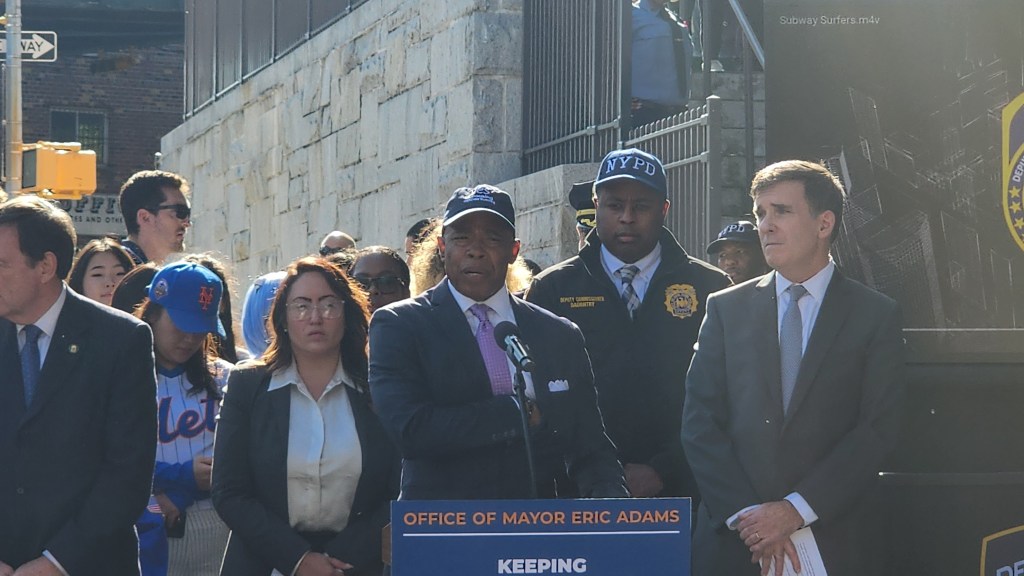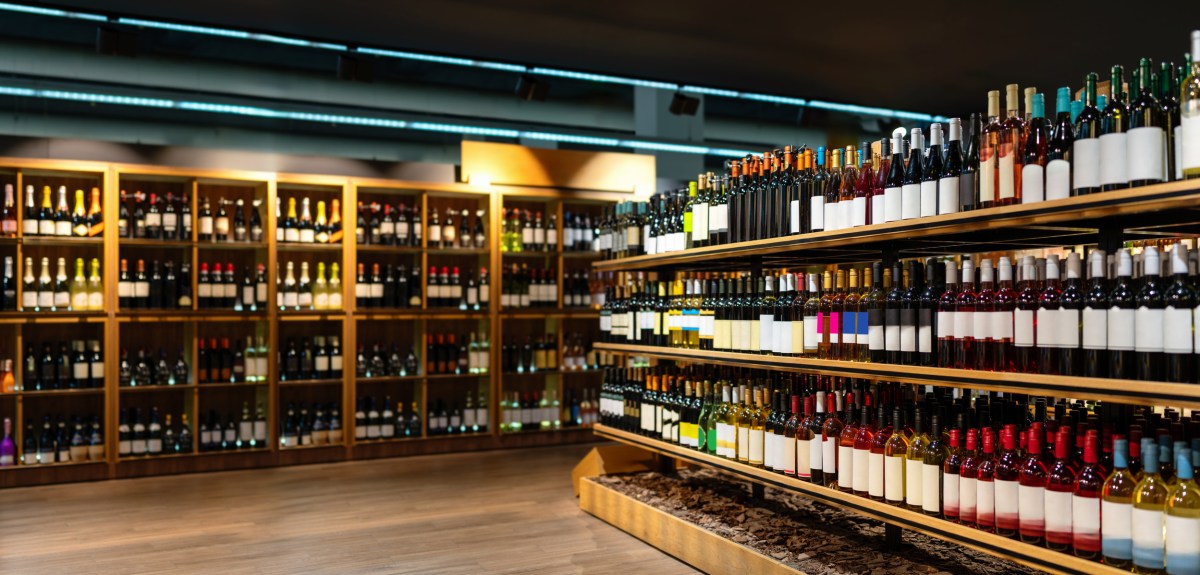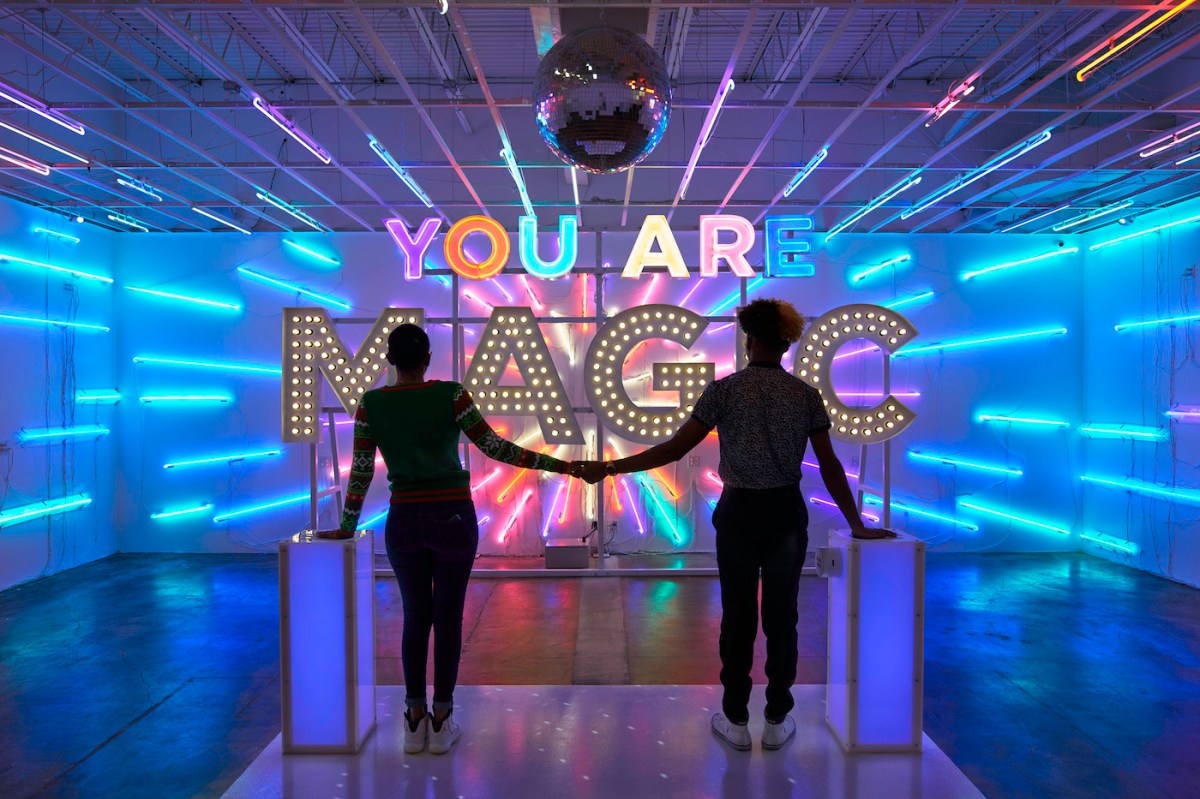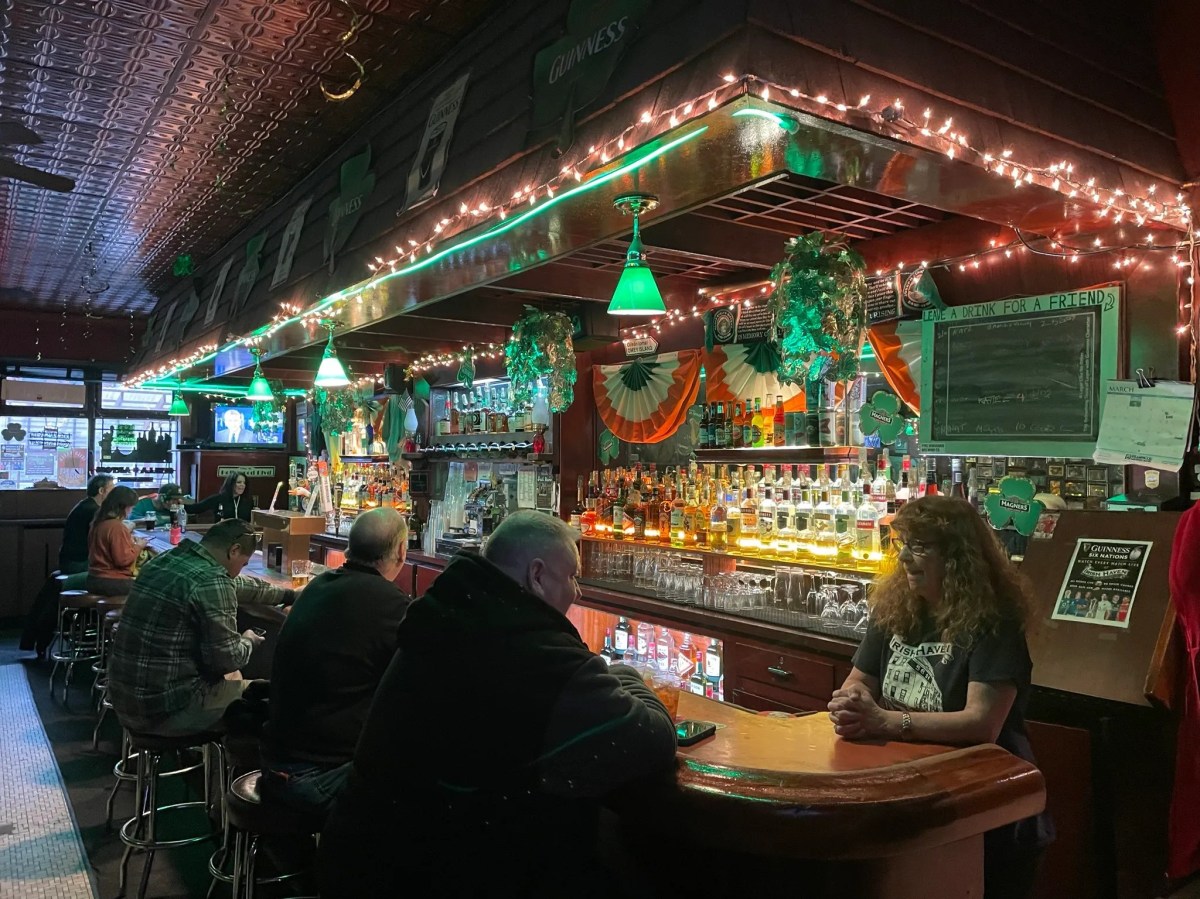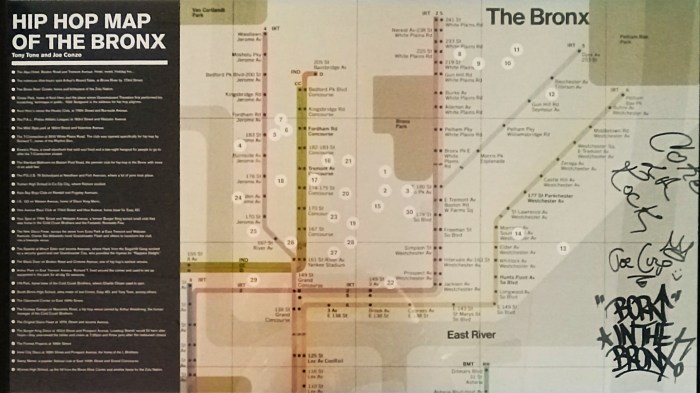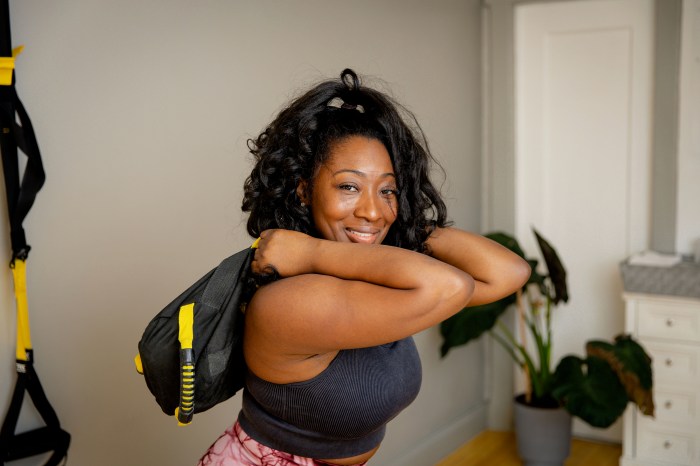Just 12 hours after congestion pricing’s launch, the head of the MTA touted its early success and defended its launch.
“It has gone smoothly,” MTA Chair and CEO Janno Lieber said at a Grand Central Terminal press conference on Sunday afternoon. “We’ve spoken to the city Department of Transportation, who is monitoring traffic, and traffic is good. It is flowing freely at normal volumes, and there haven’t been any exceptional incidents.”
Manhattan has 1,400 activated cameras, over 110 detection points, over 800 signs and 400 lanes of traffic to manage the first-in-the-nation congestion pricing program in NYC.
Lieber discussed the intricacies of tracking cars entering the congestion relief zone and explained that it is more complex than traditional tolling.
“This is a toll system that has never been tried before in terms of complexity,” he said. “It’s not like when you just roll under one set of cameras on a highway. We’ve got to go through a whole process.”
That process includes identifying when drivers enter the congestion relief zone, the types of vehicles they drive, and whether they have exemptions.
Improvements paid for by congestion pricing

Eighty percent of the revenue generated will go to capital improvements on NYC subways and buses, 10% to Metro-North Railroad and 10% to the Long Island Rail Road.
Additional projects supported by congestion pricing funds are detailed in an online summary and map. These include elevators and other accessibility projects at subway stations, modernizing near-century-old subway signals that frequently break down and introducing a new generation of railcars.
Such investments began even before the first congestion pricing tolls were collected early Sunday morning; the system is expected to reap up to a billion dollars in annual revenue for the MTA to make transit improvements.
A phased-in toll plan that starts at 40% of the eventual toll enables the MTA to issue $15 billion in bonds to fund the MTA’s 2020-2024 capital plan and advance critical capital projects helping subway, bus, commuter rail riders and motorists alike. After the pause on congestion pricing was lifted, the MTA exercised the option to purchase 265 zero-emission buses on Nov. 27.
Meanwhile, the press conference was not all smooth sailing. Lieber answered tough questions about subway safety and when the public will see the results of congestion pricing.
“We’re trying to balance making sure people can get where they’re going and have good service with the need to do the work that makes the system better long-term,” he said.
Lieber added that he wants vehicle speed to improve on Manhattan streets, especially for buses that often roll by at an average of five miles per hour in Midtown due to heavy bumper-to-bumper traffic.
“This is a new MTA. We’re getting projects done and delivering for our customers,” he said.
Subway safety: catching the ‘maniacs’
After a violent start to 2024 with several high-profile subway crimes, the NYPD responded by flooding the MTA’s subways with up to 1,000 officers each day. Gov. Kathy Hochul added the National Guard and more MTA officers to the state-run agency to help keep it safe.
Though transit crime dropped for the rest of last year, New Yorkers have continued to express concerns about subway crime in 2025, especially since more people are expected to use the system amid congestion pricing.
With 90% of commuters already taking the subways, MTA officials do not anticipate a massive surge in train ridership, adding that the mass transit system is ready to accommodate any extra riders.
As for safety, Lieber said it’s an issue in all public spaces, not just the subways.
“We have made huge progress since COVID, with 12.5% less felony crime in 2024 than in 2019,” he said.
But the MTA’s boss added more needs to be done with the help of law enforcement.
“High-profile crimes that are alarming New Yorkers are real, and we need the criminal justice system because we catch all of these maniacs. We need the criminal justice system to put them away–to do something to make sure that they do not threaten our customers,” Lieber said.
According to Hochul, subway crime in December dropped 10% since March 2024, when she added the first round of 750 National Guard troops to the system before adding another 250 by the end of the year. On Friday, she called on the state Legislature to pass a bill permitting involuntary hospitalization of severely mentally ill individuals in an effort to reduce crime both in the subways and beyond.
The MTA hopes to have more results on congestion pricing this week.
Read More: https://www.amny.com/nyc-transit/






